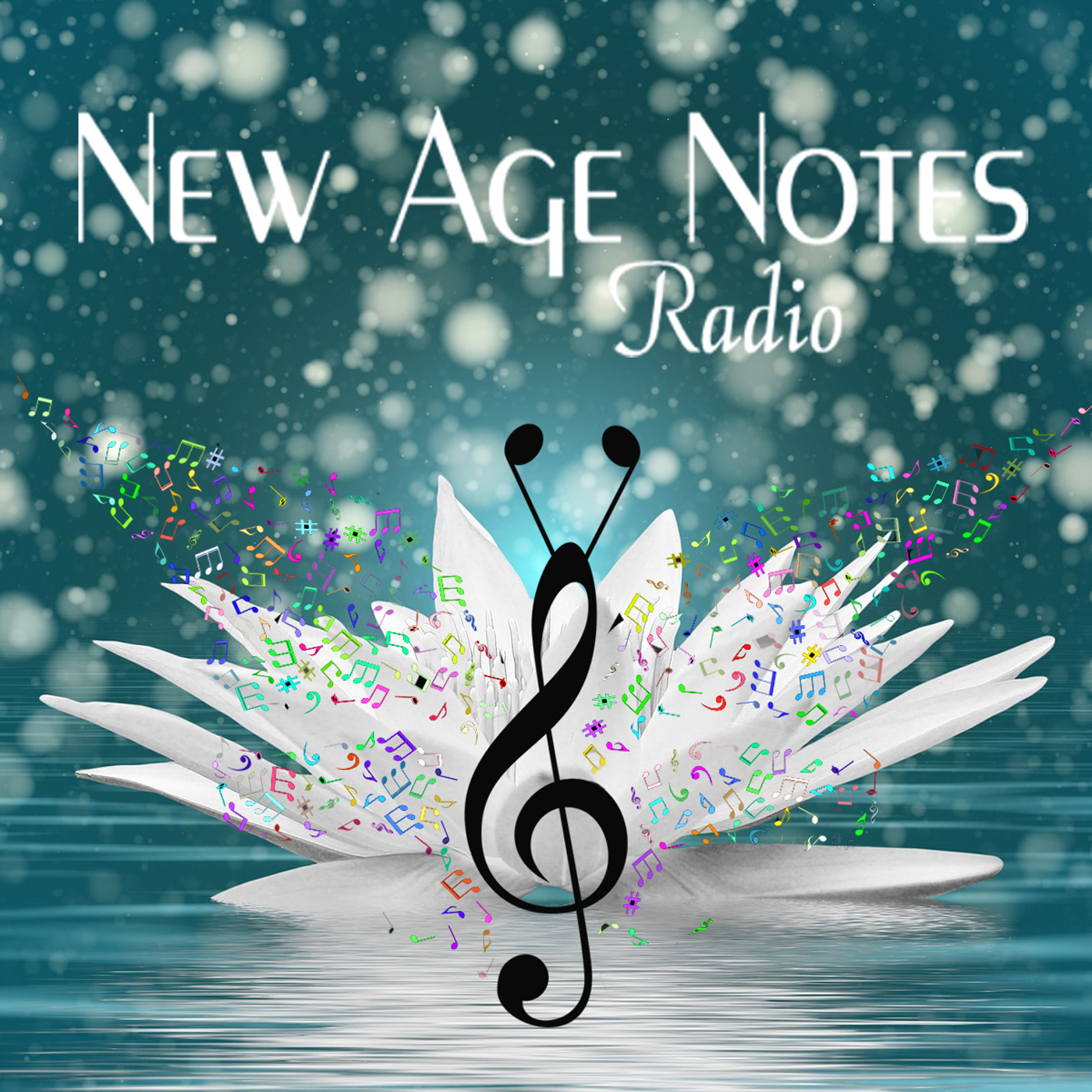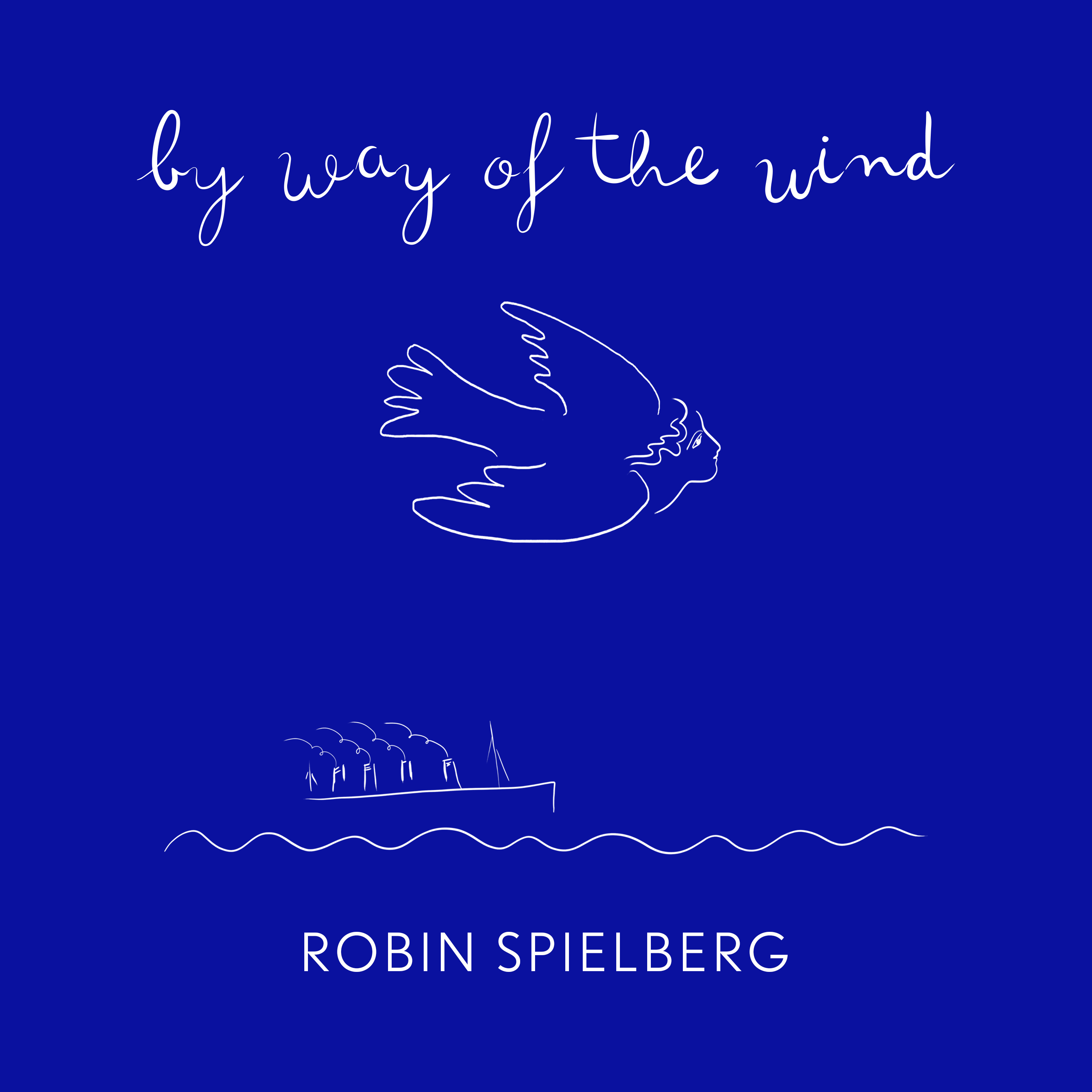August 15 – September 15, 2010 / Tucson Green Times ( The New Southwest ) / Amber Chords of Light / By Jan Henrikson
I count your breath
The rise and fall
Space of nothing in between
I am a witness
To this amazing grace
As the flesh prepares for release
Long Way Home lyrics by Amber Norgaard from her album, “Long Way Home”
Singer / songwriter Amber Norgaard was dog-walking in three acres of desert that her drummer owns when she got the call.
“Mama’s dying.” It was her Aunt. “Will you sing to her?”
Heading for the landline in the house, Norgaard’s energy quickened. “I was like, ‘How am I going to do this? This is probably the most important song that I might have to sing in my entire life.’”
 Every month for a year, she’d traveled to Iowa, her home state, to visit her Grandma in hospice. Norgaard and her father would sit at her bedside and play music.
Every month for a year, she’d traveled to Iowa, her home state, to visit her Grandma in hospice. Norgaard and her father would sit at her bedside and play music.
“I saw how that comforted her, especially when she was in pain. Her face would relax,” she says about the woman who’d always believed in her music. Long before she was voted the 2007 Up & Coming Artist of the Year at the Tucson Area Music Awards (TAMMIES ). When her four albums, “Soul in Motion,” “Rising,” “Acoustic Dreams,” and “Long Way Home” were mere glints in her mind’s eye.
Her Grandma had believed in her so much that when she was given only months to live, she gifted Norgaard money to buy the best keyboard she could find. “Then I will always be with you when you play music,” she’d said.
“I was like ‘Wow – thanks Grandma,’” recalls Norgaard. “Because so much magic came through her.”
More magic was to come that August day a year ago when Norgaard grabbed her guitar, steeled away her tears, and made the call, letting “Amazing Grace” flow to her family listening miles away.
“Grandma,” she said when she finished, “everybody’s here with you and I’m with you in spirit.”
Turns out her Grandma was truly with her in spirit. She passed away to the sound of Norgaard singing.
 “My Aunt was like, ‘It’s a miracle,’ ” says Norgaard. Her sunny blond curls frame a radiant and thoughtful face. “It helped everybody. It wasn’t just my Grandma. It wasn’t just me. It was this gift. Wow – if I could share my song and we all are helped somehow by it – okay, I’ll do it.”
“My Aunt was like, ‘It’s a miracle,’ ” says Norgaard. Her sunny blond curls frame a radiant and thoughtful face. “It helped everybody. It wasn’t just my Grandma. It wasn’t just me. It was this gift. Wow – if I could share my song and we all are helped somehow by it – okay, I’ll do it.”
Though it may have been this nurse-turned-indie artist’s most intimate experience with the healing power of music, it wasn’t her first.
While a nursing student at Creighton University, she worked in a nursing home for patients living with Alzheimer’s and dementia.
“I had a patient who was completely despondent,” says Norgaard. “It was to the point where we had to feed her. One day one of the nurse’s aides said, ‘Pull her over to the piano.’ I said, ‘She can’t even feed herself. She cant even move.’”
Nonetheless, Norgaard pulled her wheelchair up to the piano. Thirty minutes later, the woman started playing. Neurological studies have shown that “listening and playing music actually lights up most of the parts of the brain, so it’s definitely an activity that integrates us,” says Norgaard.
But Norgaard never needed studies to convince her. She “first recognized the power of music transcending language – and rhythm and beat bringing the community together” when she volunteered to work with a doctor and nurse team in a remote village in the Dominican Republic. It didn’t matter that she knew little Spanish.
She taught herself guitar and whenever she played, “Regardless of our differences, everybody was one right there in that [ music ].”
 Norgaard eventually captured-in-song the stories of indigenous people she met in Bethel, which is in Alaska’s southwest bush region. What was this Iowa farm girl doing so far up there? For six years? Working as a community health nurse. Writing lyrics about the Raven, whom Natives believe brought light to the world. She experienced the Raven’s gifts herself.
Norgaard eventually captured-in-song the stories of indigenous people she met in Bethel, which is in Alaska’s southwest bush region. What was this Iowa farm girl doing so far up there? For six years? Working as a community health nurse. Writing lyrics about the Raven, whom Natives believe brought light to the world. She experienced the Raven’s gifts herself.
“I’d be out in nature and this one time I felt like i was lost and I swear the ravens led me back,” says Norgaard.
Another song of hers, “The Time of Light,” emerged from the In-Between. “There’s a lot of in-between up there,” she says. “Down here we have four seasons. Up there in winter, the sun only comes a little bit above the horizon and goes down. We’re in this constant in-between.”
Her relationship with music was In-Between as well. Still a nurse, she hadn’t yet realized that she was being called toward full-time musicianship.
She understood more deeply, however, the force of music to replenish, nurture, and unify the body and spirit, collectively and individually. Music was a compassionate ally, an ice-breaker, a raiser of energy and awareness. Involved in public health education in the prison system, she opened and closed discussion with songs.
“It is very cultural in Alaska because they would open with drumming and chanting. It just made sense. It would get people into a higher level.”
She ran an HIV peer education program for kids, opening hearts with songs from the movies, “And the Band Played On” and “Philadelphia.”
“All these songs back then had to do with going beyond the judgement into what the real issue is,” says Norgaard. “Because up there, there was still a lot of judgement. People weren’t getting tested. And we had pockets of cluster outbreaks. You can’t treat it if you don’t know. If you’re scared of it. We had to change attitudes. I saw that music could transcend judgement and change peoples’ reactions and behaviors to issues like that.”
Then in 2001, her small town had a fundraiser for their art council. Finally, she summoned the courage to play a couple of her own songs.
“It was really well-received,” says Norgaard. “Then two things happened.”
While walking to her work, she ran into her landlord, “Thank you for sharing your music at that event, “ he said, pausing to look at her. “It’s who you are.”
“It was something I’d tried to put over here while leading my regular life, the life I knew how to do,” says Norgaard.
Synchronistically, Andrew Steele, a professional drummer from London who had worked with the Who and was in the band, The Herd, in the late 60s, heard her play. “He said, ‘Your songs. If you ever want to record them, I will help you.’”
A year and a half later, with the support of her partner and family, she moved through her fear and accepted his offer. He played drums on the tracks of her “Soul in Motion” album, which was released in July 2004. That same month, Steele was diagnosed with cancer. He ended up dying on her birthday.
“It was another one of those timing things,” says Norgaard. “It was a gift that he left me. To help me get on this music career.”
Today she lives in Tucson and tours nationally. Locally, you can find her everywhere from Nimbus Brewery to St. Philips Saturday Farmers Market to the Glass Onion Cafe.
Described as “the love child of Sarah McLachlan, Natalie Merchant and Melissa Etheridge”, she births and sings songs about everything that moves her – be it the ravages of PTSD and homelessness in “Hell Town” veterans, or passion itself in “Overtaken.” ( I touch your face, I touch your face with all the feeling / I’ve got inside of me / And I’m overtaken / By the letting go ).
She plays solo and with her band – drummer Will Clipman, bassist Jay Trapp, electric guitarist Doug Floyd and, when he’s in town, cellist Michael G. Ronstadt.
And she refuses to subscribe to the Starving Artist stereotype for herself or others. “Always trust your gut,” she says.
“Is this my soul path? Is this where I want to put my energy?” are questions she asks herself when making choices.
Right now her soul path includes caring for “Long Way Home,” which was just born. With the help of Wholonomy Consulting, she is creating a business plan, and summoning intentionality to her career and the songs that arrive while she’s driving or cooking food for her dog who’s just had surgery.
Most of all, she listens – to her heart and the heartbeat of the larger world around her. “I was given that gift as a child, that gift of learning how to listen,” she says of growing up on the quiet of an Iowa farm with her brother.
And what does she hear? Listen to the In-Between of her songs.
Author: Jan Henrikson is a local freelance writer.
Tucson Green Times ( The New Southwest )





